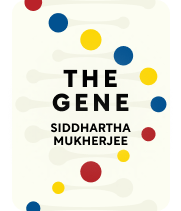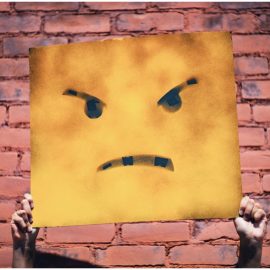

This article is an excerpt from the Shortform book guide to "The Gene" by Siddhartha Mukherjee. Shortform has the world's best summaries and analyses of books you should be reading.
Like this article? Sign up for a free trial here.
What is DNA sequencing? What is DNA sequencing used for in modern medicine?
DNA sequencing makes it possible to extract the genetic information that is carried within a DNA molecule or even a whole genome. Nowadays, gene sequencing technology allows doctors and researchers to find and diagnose genetic diseases.
Keep reading to learn about the current applications of DNA sequencing in medicine.
Bringing Gene Sequencing to Medicine
Victor McKusick, a doctor of internal medicine, led the charge to bring genetics to medicine. He first became interested in genes in 1947, when he found that a certain disease (now called Peutz-Jeghers syndrome) ran in families and concluded that it must be the result of a defective gene. Thus began the applications of DNA sequencing in medicine.
By 1998, McKusick had discovered some 12,000 disease-causing gene variants. He’d also found that some disorders are the result of a single mutation—such as sickle-cell anemia—while others are much more complex. For example, Down’s syndrome is the result of someone inheriting an entire extra chromosome, while conditions like cancer and heart disease can be influenced (though not directly caused) by numerous different genes.
In many cases, gene sequencing techniques even allow doctors to diagnose diseases and disorders in utero, allowing the mother to make informed decisions about whether to proceed with the pregnancy. The first such case occurred in 1968, when a woman known only as J.G. decided to terminate her pregnancy rather than give birth to a child who was likely to live a very short and painful life.
| Types of Mutation There are so many disease-causing variants of genes because DNA codes for complex and highly specific proteins, and mutations often result in those proteins being made incorrectly (or not being made at all). Since proteins carry out thousands of different tasks within the body, those mutations can interfere with bodily functions in countless ways. Broadly speaking, there are three types of mutation: 1. A silent mutation has no effect; despite the mutation, the gene ends up coding for the same protein. It’s like replacing one word in a sentence with another word that means the same thing. For example, ”I’m driving to the store” becomes “I’m going to the store.” 2. A missense mutation causes the gene to produce a different protein than usual. Proteins with missense mutations are often less effective or efficient in carrying out their tasks, if they can perform them at all. For example, in sickle-cell anemia, a change in the protein hemoglobin causes red blood cells to become deformed and rigid, making it more difficult for those cells to carry oxygen throughout the body. Again, imagine replacing one word in a sentence, but this time you replace it with something that changes the meaning—“I’m driving to the store” becomes “I’m dancing to the store.” 3. A nonsense mutation makes it so the gene’s instructions are cut off early, usually making the protein stunted and nonfunctional. For example, in cystic fibrosis, a missing or nonfunctional cell membrane protein prevents moisture from passing through and entering the lungs. As a result, mucus that would normally get cleared out of the lungs becomes too thick and sticky to expel. A nonsense mutation is like replacing a word with a period, so “I’m driving to the store” becomes just “I’m.” |

———End of Preview———
Like what you just read? Read the rest of the world's best book summary and analysis of Siddhartha Mukherjee's "The Gene" at Shortform.
Here's what you'll find in our full The Gene summary:
- What genes are and how they work, explained in simple terms
- The history of gene discovery, dating back to the 1800s
- What the future of genetic engineering looks like






